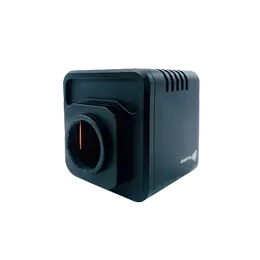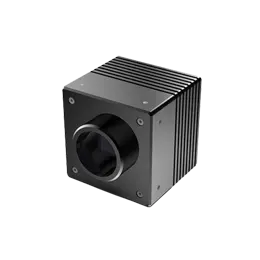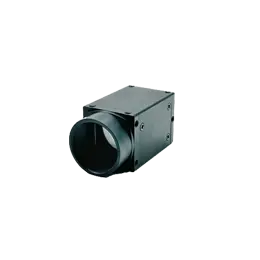In the world of machine vision, accuracy is paramount. From manufacturing inspection to quality control, the ability to capture sharp and precise images plays a pivotal role in ensuring reliable and efficient processes. Thanks to advancements in technology, a new imaging technique called InGaAs Imaging has emerged, revolutionizing the way machine vision systems operate. In this blog, we will explore how InGaAs Imaging is transforming machine vision accuracy and its significance in various industries.
InGaAs Imaging stands for Indium Gallium Arsenide Imaging, which is a cutting-edge technology used in machine vision systems. It utilizes a specialized type of image sensor that extends the range of wavelengths it can detect, compared to traditional visible-light sensors. By detecting near-infrared light, InGaAs Imaging can capture images that are invisible to the human eye, enabling machine vision systems to see beyond what is normally perceivable.
One of the key advantages of InGaAs Imaging is its ability to maintain accuracy even in challenging conditions. Traditional machine vision systems may struggle to capture clear images in low-light environments, such as dark corners of manufacturing facilities or outdoor inspection sites. However, InGaAs Imaging excels in these scenarios by detecting near-infrared light, which is present even in low-light conditions. This enables machine vision systems to operate with exceptional accuracy and efficiency, regardless of the lighting challenges.
InGaAs Imaging has found applications in a wide range of industries, each benefiting from its enhanced accuracy. In manufacturing, machine vision systems equipped with InGaAs Imaging play a crucial role in inspecting complex components, identifying defects, and ensuring product quality. Similarly, in pharmaceuticals, the precise identification and sorting of pills become easier and more accurate with InGaAs Imaging technology. From agriculture to aerospace, InGaAs Imaging has proven itself invaluable in improving the accuracy and reliability of machine vision systems across diverse sectors.
As with any technology, InGaAs Imaging is continually evolving and improving. Recent advancements have led to higher resolution sensors, enabling even sharper image capture. Additionally, there have been improvements in noise reduction algorithms, ensuring clearer images with minimal interference. These advancements not only enhance accuracy but also open doors for new applications and possibilities in machine vision systems.
In conclusion, InGaAs Imaging has transformed machine vision accuracy by enabling the capture of sharper and more precise images. Its ability to detect near-infrared light in challenging conditions has revolutionized various industries and systems that rely on accurate visual inspection. As technology continues to advance, the future of InGaAs Imaging holds even more promise for enhancing accuracy and pushing the boundaries of machine vision systems. With InGaAs Imaging, the world is seeing clearly and transforming the way we perceive and interact with the world of machines.



